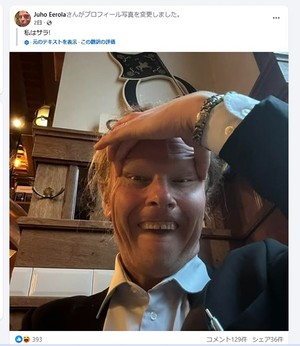By FUMI YADA/ Staff Writer
June 26, 2024 at 16:10 JST
 Houses and cars are seen destroyed in Suzu, Ishikawa Prefecture, on Jan. 2, a day after an earthquake caused serious damage on the Noto Peninsula. (Asahi Shimbun file photo)
Houses and cars are seen destroyed in Suzu, Ishikawa Prefecture, on Jan. 2, a day after an earthquake caused serious damage on the Noto Peninsula. (Asahi Shimbun file photo)
About half of buildings constructed under previous quake-resistance standards were destroyed in the New Year’s Day earthquake on the Noto Peninsula of Ishikawa Prefecture, a survey found.
The survey, conducted by the Hokuriku Branch of the Architectural Institute of Japan, covered about 7,000 buildings in three hard-hit municipalities: Wajima and Suzu cities and Anamizu town.
The branch’s preliminary report, released on June 25, explained the fates of 5,700 buildings that have been inspected visually.
According to the survey, 38 percent of these buildings were constructed under the quake-resistance standard that was in place until 1981, when a stronger standard was enforced.
The standard was amended again in 2000, in light of the damage wrought by the 1995 Great Hanshin Earthquake. That stricter standard is currently in effect.
Around 90 percent of the buildings erected before 1981 in those areas were either damaged or destroyed by the quake.
On the other hand, fewer than 10 percent of buildings constructed since 2000 were damaged or destroyed.
“Some of the buildings based on the newest standard are already more than 20 years old, but they have proved strong enough to withstand structural damage in quakes,” said Akira Murata, an assistant professor of civil engineering and disaster prevention at Kanazawa University.
However, 20 percent of the buildings built between 1981 and 2000 under the “intermediate” standard collapsed in the Jan. 1 quake.
“The survey implies that the standard of 1981 was not strong enough,” Murata said.
More than half of all buildings in the Shoin district of Suzu city were destroyed. But in the town of Anamizu, which was hit by similar potentially destructive shaking, fewer than 20 percent of the buildings collapsed.
“The damage may have accumulated in the buildings (in the Shoin district) because of repeated earthquakes in the area,” Murata said.




















A peek through the music industry’s curtain at the producers who harnessed social media to help their idols go global.
A series based on diplomatic documents declassified by Japan’s Foreign Ministry
Here is a collection of first-hand accounts by “hibakusha” atomic bomb survivors.
Cooking experts, chefs and others involved in the field of food introduce their special recipes intertwined with their paths in life.
A series about Japanese-Americans and their memories of World War II